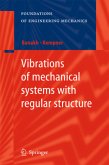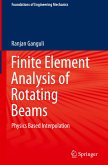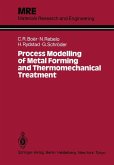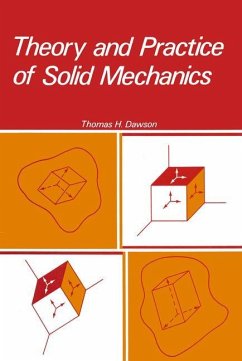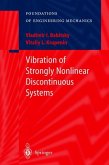In this book, regular structures are de ned as periodic structures consisting of repeated elements (translational symmetry) as well as structures with a geom- ric symmetry. Regular structures have for a long time been attracting the attention of scientists by the extraordinary beauty of their forms. They have been studied in many areas of science: chemistry, physics, biology, etc. Systems with geometric symmetry are used widely in many areas of engineering. The various kinds of bases under machines, cyclically repeated forms of stators, reduction gears, rotors with blades mounted on them, etc. represent regular structures. The study of real-life engineering structures faces considerable dif culties because they comprise a great number of working mechanisms that, in turn, consist of many different elastic subsystems and elements. The computational models of such systems represent a hierarchical structure and contain hundreds and thousands of parameters. The main problems in the analysis of such systems are the dim- sion reduction of model and revealing the dominant parameters that determine its dynamics and form its energy nucleus. The two most widely used approaches to the simulation of such systems are as follows: 1. Methods using lumped parameters models, i.e., a discretization of the original system and its representation as a system with lumped parameters [including nite-element method (FEM)]. 2. The use of idealized elements with distributed parameters and known analytical solutions for both the local elements and the subsystems.
From the reviews:
"This book is in two parts. ... The work is based on original research by the authors. ... The book contains many numerical examples of real-life engineering structures, in particular aviation engines. ... This book is an important addition to the library, being more than just a résumé of known mathematical techniques with the addition of an explanation of the authors' original work." (Rupert Thornely-Taylor, International Journal of Acoustic and Vibration, Vol. 18 (2), June, 2013)
"This book is in two parts. ... The work is based on original research by the authors. ... The book contains many numerical examples of real-life engineering structures, in particular aviation engines. ... This book is an important addition to the library, being more than just a résumé of known mathematical techniques with the addition of an explanation of the authors' original work." (Rupert Thornely-Taylor, International Journal of Acoustic and Vibration, Vol. 18 (2), June, 2013)


